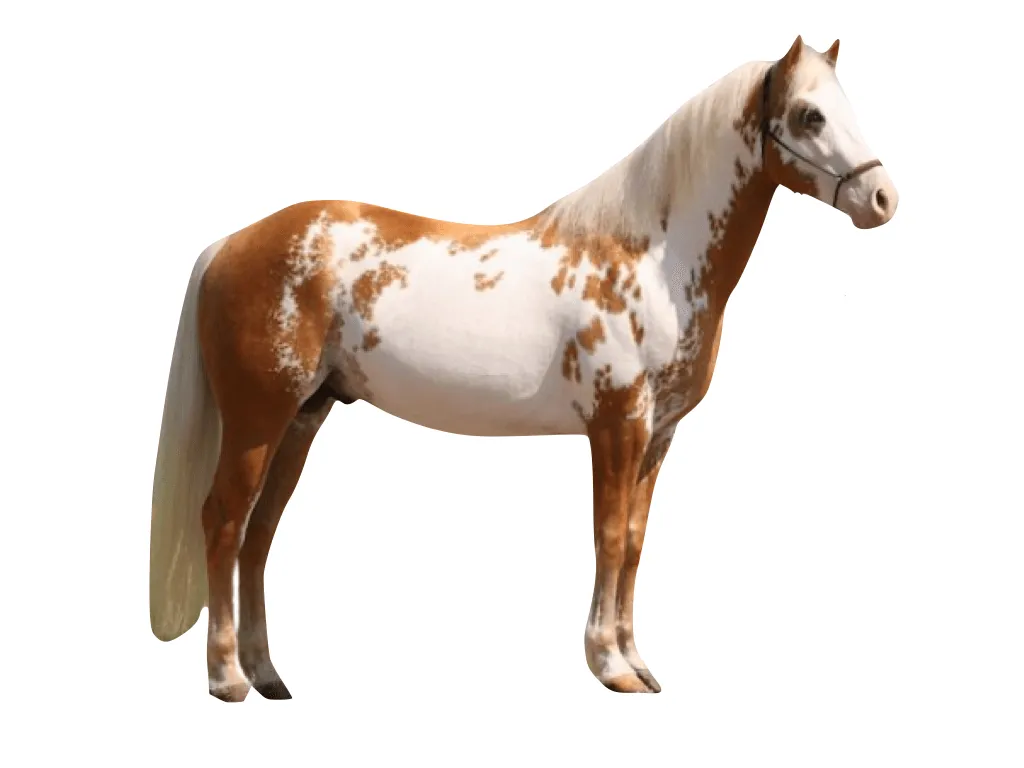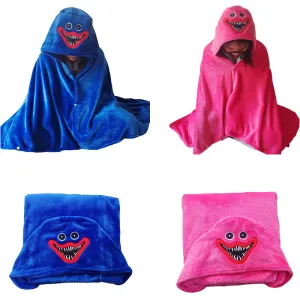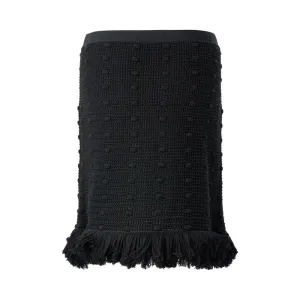The DNA test verifies the presence of the mutation associated to the Overo.
Frame Overo is a highly desirable white pattern gene.
- 30 to 40 - hair roots - envelope
- 5 mL - blood - K3 EDTA tube
Turnaround time
- 2 to 5 working days
Why test?
- The relationship between Lethal White Foal Syndrome (LWFS) and the frame overo coat pattern is not always straightforward. Usually carriers of LWFS are frame overo in pattern, and have 1 copy of the mutated allele (nL). But not all frame overo horses carry the mutated allele, some have the genotype (nn).
- And some horses with other coat patterns (including solid coloured paints and tobiano) have been found to carry the mutated allele.
- It should also be remembered that not all white foals have the genotype (LL) ,and may not be affected by LWFS.
Results description
The DNA test verifies the presence of the mutation associated to the Overo and presents results as one of the following:
- N/ - Non-Overo horse.
- O/N - Frame Overo horse. Horse is heterozygous for the dominant gene causative of frame Overo. A characteristic Overo coat pattern is present in O/N all horses with a copy of frame Overo and will pass this allele to 50% of offspring. Matting two Frame Overo horses has a 50% chance to
generate Lethal White foals and should be avoided.
- O/ – A Lethal White Foal Syndrome (LWFS). Homozygous for frame Overo are lethal and newborns survive less than a week old.
Additional information
Frame Overo is a highly desirable white pattern gene.
All Frame Overo horses carry a single inherited copy of the Ile118Lys EDNRB mutation. This mutation causes pigment loss, producing white markings on certain areas of the horse.
While the mutation produces visually desirable horses, it is also linked to a fatal condition known as Lethal White Foal Syndrome (LWFS), whereby a foal is born almost pure white in appearance, and dies within its first few days of life. Correct breeding can avoid this occurrence.
LWFS occurs when a horse inherits two copies of the mutated gene, one from both parents. Whereas horses with just one copy of the gene will live normally and exhibit the desirable pattern. A horse with two copies of the mutated gene will suffer intestinal abnormalities caused by undeveloped nerves of the foal’s digestive system. These animals die within the first 72 hours of being born and are typically euthanised sooner for humane reasons.
Frame Overo horses which carry just a single copy of the gene, will pass one copy of it to their foals approximately 50% of the time when bred.
Therefore, when breeding an Overo horse to a solid non-Overo horse, the foal can only inherit one copy. However, if two Overo horses are bred together they could potentially both pass the Overo gene to the foal, meaning it inherits two copies. Horses which inherit two copies of Frame Overo will suffer the Lethal White condition.
Proper mating must be carried out to ensure that two frame Overo horses do not breed. This will prevent any risk of the foal inheriting two copies of the mutated gene.















